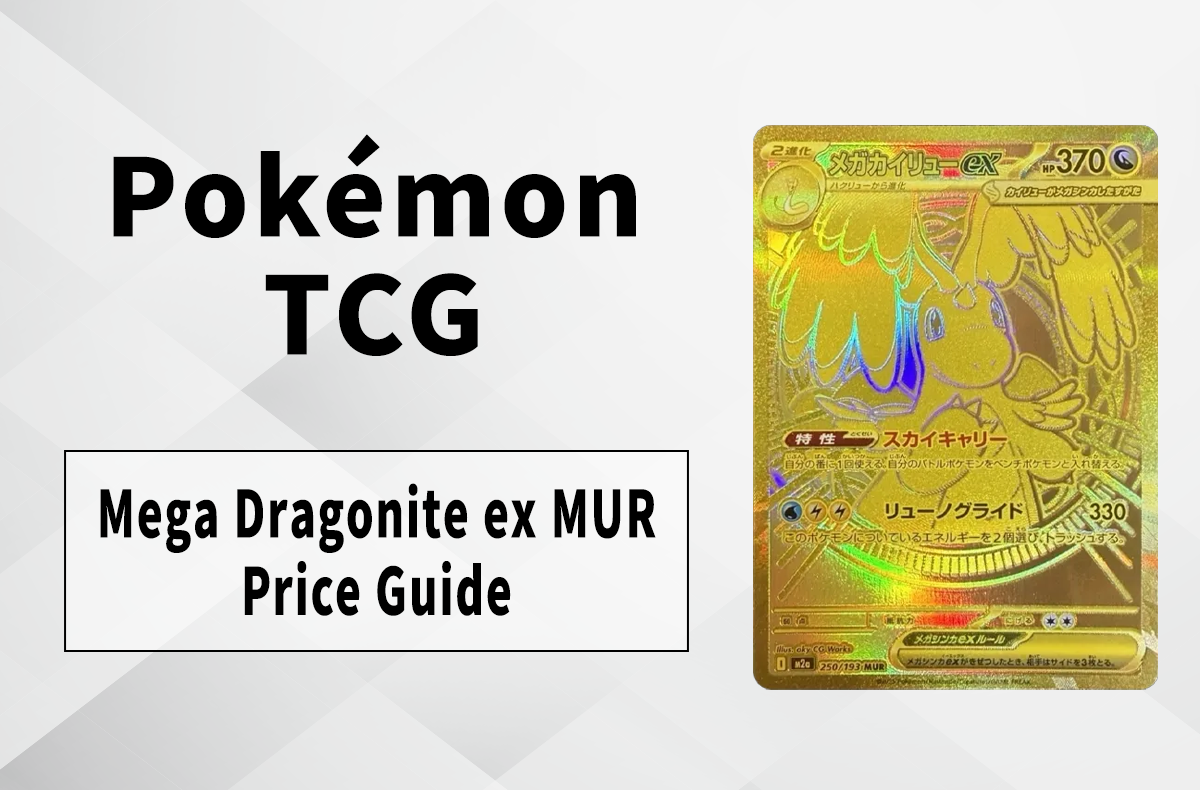How to Identify Rare Japanese Pokémon Cards: A Collector’s Guide
That old Pokémon card collection could be a hidden treasure. Learn the secrets to spotting valuable Japanese cards in our guide and uncover the true worth of your collection.
This Guide Is Your Treasure Map
The Pokémon Trading Card Game (TCG) has exploded beyond the playground, becoming a massive global market for collectors. Whether you’re ripping open new packs or digging through vintage finds, knowing how to identify a card’s rarity is key—especially when it comes to Japanese cards, which often feature unique and highly sought-after variants.
With almost three decades of history, the Japanese Pokémon TCG now boasts eight different rarity tiers. It can be a lot to take in, but don’t worry. This guide will break down exactly how to read a modern Japanese Pokémon card and instantly spot a treasure.
How to Read a Japanese Pokémon Card
Since the Sun & Moon era which began in 2016, every Japanese Pokémon card features four small symbols at the bottom-left corner. These are your cheat sheet to understanding everything you need to know about the card. Let’s break them down.

1. Regulation Mark (Blue Box)
This symbol indicates if a card is legal for play in the current Standard format. The letter inside the blue box represents a specific regulation block. For instance, the image shows a “G” mark which was introduced with Scarlet ex [SV1S] and Violet ex [SV1V] in January 2023.
As of April 2025, the letters G, H, and I are legal in the Standard format. This is crucial for players—and for collectors, it’s a quick way to date the card.
2. Expansion Mark (Purple Box)
The purple square contains an alphanumeric code that identifies the pack a card was released in.
For example:
- A card marked SV1V is from the Scarlet & Violet (SV) era. The 1 signifies it’s from the first main expansion, and the final V specifies it’s part of the Violet ex set.
- To give an example from a different series, the Pikachu & Zekrom-GX card is marked SM9. This indicates it is from the 9th expansion of the Sun & Moon (SM) series.
3. Card List Number (Green Box)
The green square indicates the card’s collector number. In the example “037/078,” the denominator represents the total number of cards in the set, while the numerator represents that specific card’s number.
Additionally, secret rares which include Special Art Rare (SAR), Ultra Rare (UR), Super Rare (SR), and Art Rare (AR) cards are not included in the main set count (the denominator). Therefore, their card number will exceed this total, resulting in a number like “080/078.”
4. Rarity (Red Box)
The red square contains the rarity mark. This short alphabetical code—usually one to three letters—defines the card’s specific rarity.
This is crucial because, as a general rule, a card’s rarity directly impacts its market value. So, the next time you pull a shiny card, the first thing you should do is check this mark to confirm its rarity.
Rarity Chart
Current Rarities
Special Art Rare (SAR): A Full Art card featuring stunning alternate illustrations for Pokémon-ex or Supporter cards. Introduced in VSTAR Universe [S12a].
Ultra Rare (UR): The entire card has a striking, fully-textured gold foil finish.
Super Rare (SR):The border of an SR card is textured.
Art Rare (AR): This is a Full Art card, just like an SAR. However, its subjects are limited to Pokémon that typically appear on C or U cards.
Rare (R): A card with no special holographic or textured features, but with a lower pull rate than a “U” card.
Uncommon (U): A card with no special holographic or textured features, but with a lower pull rate than a “C” card.
Common (C): The most common type of card with the highest pull rate. Many are basic cards like pre-evolved Pokémon or items.
Past Rarities
Character Super Rare (CSR): Applied to Pokémon V and Pokémon VMAX. A card depicting the Pokémon together with a related character. Appeared in the Sword & Shield era.
Character Rare (CHR): A card depicting a Pokémon and a related character. Applied to “C” and “U” Pokémon.
Hyper Rare (HR): A rarity included in the Sun & Moon and Sword & Shield series. The card may either have a rainbow-colored finish or a Full Art illustration.
Triple Rare (RRR): A rarity applied to Pokémon VMAX and Pokémon VSTAR.
Radiant Rare (K): Each card is named “Radiant (Pokémon name)”; these cards feature a Shiny Pokémon. Appeared in the Sword & Shield era.
Amazing Rare (A): Included in Legendary Heartbeat [S3a] and Shiny Star V [S4a], these cards feature a Legendary or Mythical Pokémon on a rainbow background.
Prism Star (PR):A specially processed card with a ◆ mark on the promo card name. Appeared in the Sun & Moon series.
Shining: Included in Shining Legends [SM3+], these cards feature a Shiny Legendary or Mythical Pokémon.
Trainer Rare (TR): An alternate art version of a “Trainers” card, such as Goods or Supporters. The border has a sparkling finish.
ACE SPEC (ACE): A rarity that has been present in certain Black & White and Scarlet & Violet era sets. The printing of new cards of this rarity was discontinued after the final cards were launched as part of Terastal Festival ex [SV8a].
Black White Rare (BWR): A niche rarity that appeared in Black Bolt [SV11B] and White Flare [SV11W]. The entire card is covered in a single color palette that matches the featured character.
Shiny Secret Rare (SSR): A card featuring a Shiny version of an “RR” Pokémon. These are found in the “Shiny” High-Class Pack series.
Shiny Rare (S): A card featuring a Shiny version of a “C” or “U” Pokémon. These are also found in the “Shiny” High-Class Pack series.
Others
PROMO: Promotional cards usually distributed as box purchase bonuses or at events. Because they are not typically sold, their collector’s value can be very high.
Master Ball Mirror: A mirror-foil card with a Master Ball pattern. It first appeared in the Pokémon Card 151 [SV2a] set, and a new design was introduced in Terastal Festival ex [SV8a].
Poké Ball Mirror: A mirror-foil card with a Poké Ball pattern. It first appeared in Dark Phantasma [S10a], with a new design later appearing in Terastal Festival ex [SV8a].
Special Art (SA): A card with the SR or HR rarity that features a Full Art illustration. It was discontinued with the introduction of the SAR rarity.
A Guide to Pokémon Card Rarities and Their Features
UR

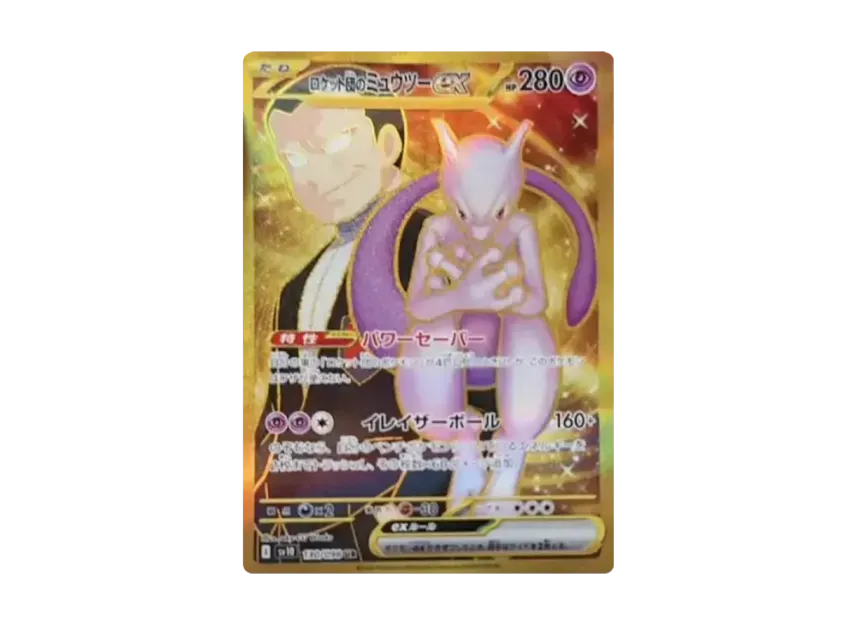

URs have a lower pull rate than SRs. Pokémon, Items, and Stadiums that were RR are sometimes also released in this rarity. For Item and Stadium cards, the UR is often their only high-rarity version. As a result, they are in demand not only by collectors but also by players who want to make their deck components stand out.
SAR



First introduced in VSTAR Universe [S12a], the SAR, like its SA predecessor, features an illustration that covers the entire card. Competitively powerful Pokémon ex and cards featuring popular female characters tend to be in high demand. The Iono SAR from Clay Burst [SV2D], for example, had an initial price of over 200,000 JPY (~US$1,495 at the time).
AR



This rarity was also newly introduced in VSTAR Universe [S12a] alongside SAR. Its main appeal is that it allows people to collect beautifully illustrated cards at an affordable price. However, due to factors like overseas demand, some cards like the Magikarp AR have seen their market price rise sharply into the 10,000 JPY (~US$67) range.
SR



This is a card with a textured, “relief-like” finish. On Pokémon SR cards, the standard frame for attacks and abilities is removed, resulting in a design that features only the character in a Full Art style. While they are less expensive compared to SARs, Supporter cards that feature a large illustration of a popular female character can still increase in price.
RR



Pokémon-ex and formerly Pokémon V are released with the RR rarity. These cards are generally not expensive, but when a card is used often in competitive play, it can be sold for around 1,000 JPY (~US$6.74) per copy.
R



A holographic card with a foil finish on the border and artwork, with several included in each booster box. While the high circulation means they don’t typically become expensive, powerful cards that are used in competitive play can see their prices rise to around 500 to 1,000 JPY (~US$3.37 – ~US$6.74).
U



A type of non-holographic “normal” card. They have a lower pull rate than Common cards and often include essential deck components. While they are typically valued around 100 to 500 JPY (~US$0.67 to ~US$3.37), powerful cards can be sold for over 1,000 JPY (~US$67.74). For example, Battle VIP Pass, which was used in most decks but has since been rotated out, as well as Buddy-Buddy Poffin before its reprint, were both sold for over 1,000 JPY (~US$6.74).
C



The rarity with the highest pull rate in any Pokémon TCG pack. This includes pre-evolved Pokémon and Trainers cards.
ACE



A rarity for cards of which you can only include one per deck, which first appeared in the Pokémon TCG’s Black & White era series. It was reintroduced starting in dual set Wild Force [SV5K] and Cyber Judge [SV5M]. In exchange for the restriction on the number of copies that can be used, they have powerful effects and are therefore in high demand from players. The printing of new cards of this rarity concluded with the cards from Terastal Festival ex [SV8a].
BWR


A rarity that appeared in the Black Bolt [SV11B] and White Flare [SV11W] dual set. Currently, only two cards of this rarity exist: the Zekrom ex and Reshiram ex from those sets. Characterized by a monochrome color scheme matching the Pokémon, their low distribution has made them a topic of conversation and caused their market price to rise.
SSR



A card featuring a Shiny version of a Pokémon ex or VMAX in its SR illustration style. These are included in the “Shiny” series of high-class packs. Currently, this rarity has only been used in the GX Ultra Shiny [SM8b], Shiny Star V [S4a], and Shiny Treasure ex [SV4a]. While one SSR is often included per box in these series, the large number of different SSRs in each set makes pulling a specific one difficult. Popular cards, like a PSA 10 graded Umbreon-GX, can be traded for over 75,000 JPY (~US$506).
S



“S” is a rarity for Shiny Pokémon cards. Like SSRs, they have currently only appeared in the GX Ultra Shiny [SM8b], Shiny Star V [S4a], and Shiny Treasure ex [SV4a] sets. Usually, about three S cards are included per box, but the wide variety of them makes it hard to pull a specific desired card. Popular Pokémon cards can also see high prices; the Pikachu S, for example, was traded for over 20,000 JPY (~US$135) upon its release.
Master Ball Mirror



While it has no official rarity code, this is a foil-processed “C” or “U” card. The version included in Pokémon Card 151 [SV2a] features a Master Ball pattern over the entire card. The Terastal Festival ex [SV8a] introduced a new design where the Master Ball foil pattern is heavily featured in the attack description area. As these are not guaranteed in every box, popular cards like the Umbreon Master Ball Mirror have soared in price to over 30,000 JPY.
Poké Ball Mirror



First appearing in Dark Phantasma [S10a], this rarity also has no official code but features a foil finish on “C” and “U” cards. The version in Pokémon Card 151 [SV2a] featured a Poké Ball pattern across the entire card and was included at a rate of one per pack. A new design was introduced in Terastal Festival ex [SV8a] with the Poké Ball foil in the attack description area. Often, 2-3 are included per box, and cards can be sold for over 1,000 JPY (~US$6.74).
SA



Some of the SR and HR cards included in the Sun & Moon and Sword & Shield series (released prior to VSTAR Universe [S12a]) came in special versions known as SA cards. Like an SAR, their key feature is an illustration that covers the entire card. Many have captivating artwork and are difficult to obtain due to their low pull rate from packs. The Giratina V SA is currently sold for around 100,000 JPY (~US$674), and other high-value cards like a PSA 10 Umbreon VMAX SA are sold for around 400,000 JPY (~US$2,697).
CSR



This is a rarity where a Pokémon V or Pokémon VMAX is depicted together with a related character, such as a Gym Leader or a protagonist. It first appeared in VMAX Climax [S8b] and was only subsequently included in Battle Region [S9a], Dark Phantasma [S10a], and Incandescent Arcana [S11a]. All of these cards are no longer usable in the Standard format. With beautiful illustrations that are irresistible to Pokémon fans, some cards have seen their market prices rise due to high collector demand.
CHR



Similar to CSRs, these cards feature a Pokémon that was a “C” or “U” in the set, depicted alongside a character. The pull rate is about three per box, and they are traded at lower prices than CSRs. Cards featuring popular characters, like the Altaria CHR or Zekrom CHR, can sometimes see price increases when a new card of that character is released, making them worth watching.
HR



A special card where the entire surface has a rainbow-colored finish. It had a lower pull rate than SR and was used for Pokémon V and Supporter cards. Despite the low pull rate, many collectors preferred the original coloring of the SR versions, so many HR cards have a lower market price than their SR counterparts. This rarity was used from the Sun & Moon through the Sword & Shield eras but was discontinued in the Scarlet & Violet era.
RRR



A rarity first introduced in the Sword & Shield era. These cards had a textured, “relief-like” finish and were used for Pokémon VMAX and Pokémon VSTAR.
K



A rarity introduced in Battle Region [S9a]. These cards feature a Shiny Pokémon and have “Radiant” in their name. In exchange for only being allowed one in a deck, these cards have powerful effects. Among them, Radiant Greninja and Radiant Charizard were sold for over 3,000 JPY at times due to their popularity and power. After being reprinted in VSTAR Universe [S12a], their prices settled to around 1,000 JPY. They are no longer usable in the current Standard format.
A



A special rarity included in two sets: Amazing Volt Tackle [S4] and Shiny Star V [S4a]. It features a rainbow-colored background and showcases Legendary or Mythical Pokémon. As their circulation is high, they are typically sold for around 1,000 to 2,000 JPY (~US$6.74 to ~US$13). However, the Raikou, which was once prominent in the metagame, once saw its price rise to over 4,000 JPY (~US$31 at the time). With both packs now out of print, cards featuring popular Legendary and Mythical Pokémon could potentially rise in price due to collector demand.
PR
This rarity first appeared in Ultra Sun [SM5S] and Ultra Moon [SM5M]. It is characterized by a “◆” symbol in the card name and text box. Many of these cards saw competitive play, and some are highly expensive. They cannot be used in the current Standard format, but many are still used in the Expanded format where past cards are playable.
Shining



Cards featuring Shiny versions of Legendary or Mythical Pokémon like Mew or Rayquaza. These were only included in the now out-of-print Shining Legends [SM3+], and high collector demand has caused many of them to rise in price.
TR



From the Sun & Moon era, these cards feature alternate art for Trainer cards such as Item cards and Supporter cards and have a sparkling foil border. While the card effect is the same, the foil finish and alternate art were appreciated and became popular with players. Since all boxes containing them are out of print, TR cards usable in the current Standard format, like Nest Ball or Ultra Ball, are sold at high prices of around 5,000 JPY (~US$34).
P



This refers to cards not included in regularly sold packs, which can be obtained as event participation bonuses, box purchase bonuses, or from prize packs at tournaments. Simply being a promo card creates a certain level of collector demand. In particular, promotional cards like The Masked Royal, Charizard VMAX, or Lillie are sold for high prices of over 1,000,000 JPY (~US$6,746).
Old Back Pokémon Card Quick Reference Guide
- ★ (Rare): The highest rarity for Old Back Pokémon cards.
- ◆ (Uncommon): Appears the same as a Common card, but has a slightly lower pull rate.
- ● (Common): The rarity with the highest pull rate for Old Back Pokémon cards.
- No Symbol: Indicates a First Edition card.
How to Identify Old Back Pokémon Card Rarities
You can determine a card’s rarity by the symbol printed on the bottom right corner: ★ (Rare), ◆ (Uncommon), or ● (Common). However, among these are rare cards from the first edition print run that do not have a rarity symbol. Cards without a symbol will be discussed later.
★ (Rare)



★ (Rare): This is the highest rarity in the Old Back series. It includes Pokémon like Charizard, Venusaur, and Blastoise. It is not uncommon for these cards to be traded for prices over 10,000 JPY (~US$67), even when in poor condition.
◆ (Uncommon): Uncommons are non-holographic cards that visually appear the same as Commons. While their collector’s value is lower compared to Rares (★), they can still be traded for around 1,000 JPY (~US$6.74) if they are in good condition.
● (Common): This is the most common, basic rarity for Old Back cards. However, their circulation is low compared to modern Pokémon cards, and cards in good condition are traded for around 500 JPY (~US$3.37).
About First Edition Old Back Cards

Old Back Pokémon cards have a first edition print run. While most cards have a rarity symbol on the bottom right, cards manufactured during a very brief initial period have no rarity symbol at all.
These first edition cards are more valuable than their reprinted counterparts. The most coveted among them is the “Kairiki Charizard”—a famous error card—which is traded for prices of over 1,500,000 JPY (~US$10,100).
Follow us on:


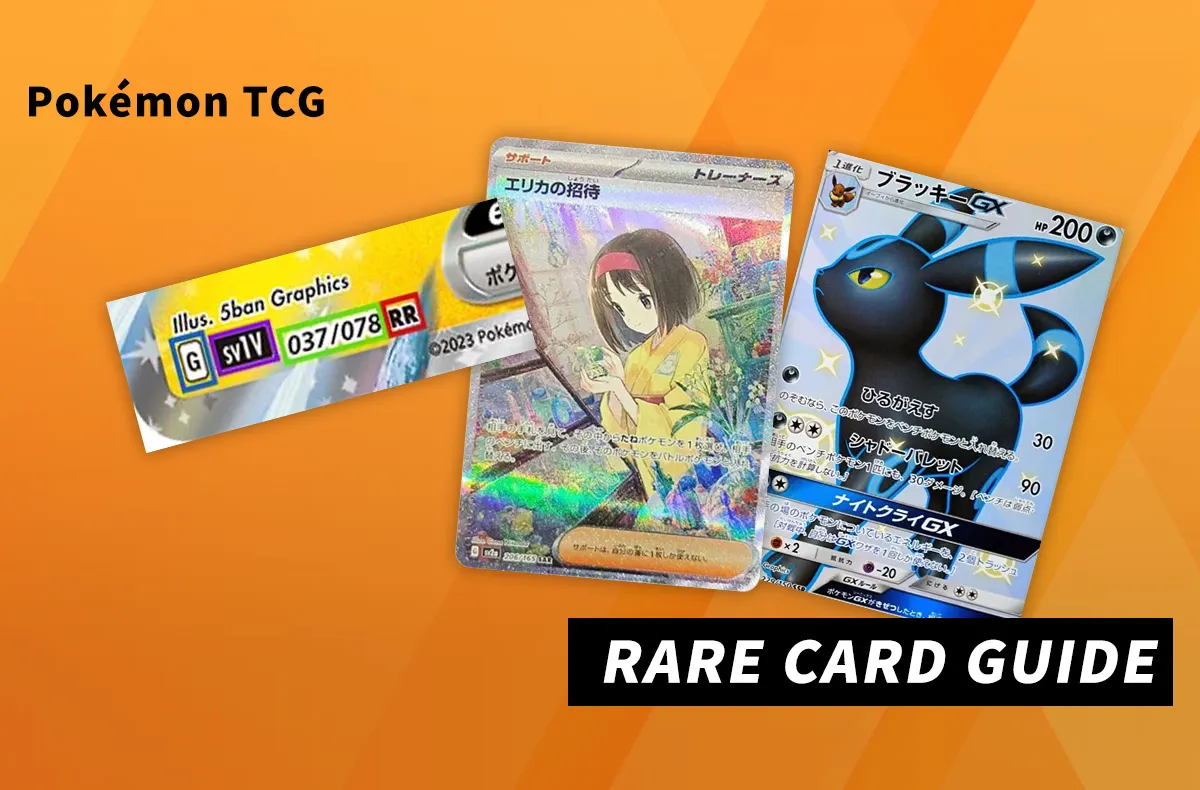
















![Supreme 25FW Week 17 Items [Release Date/Price/Where To Buy]](https://snkrdunk.s3.ap-northeast-1.amazonaws.com/en/magazine/wp-content/uploads/2025/12/16172651/20251215141711-5.jpg)
![Palace Skateboards x The North Face Purple Label “Holiday 25” Week 4 [Release Date/Price/Where To Buy]](https://snkrdunk.s3.ap-northeast-1.amazonaws.com/en/magazine/wp-content/uploads/2025/12/16171616/20251215095019-0.jpg)
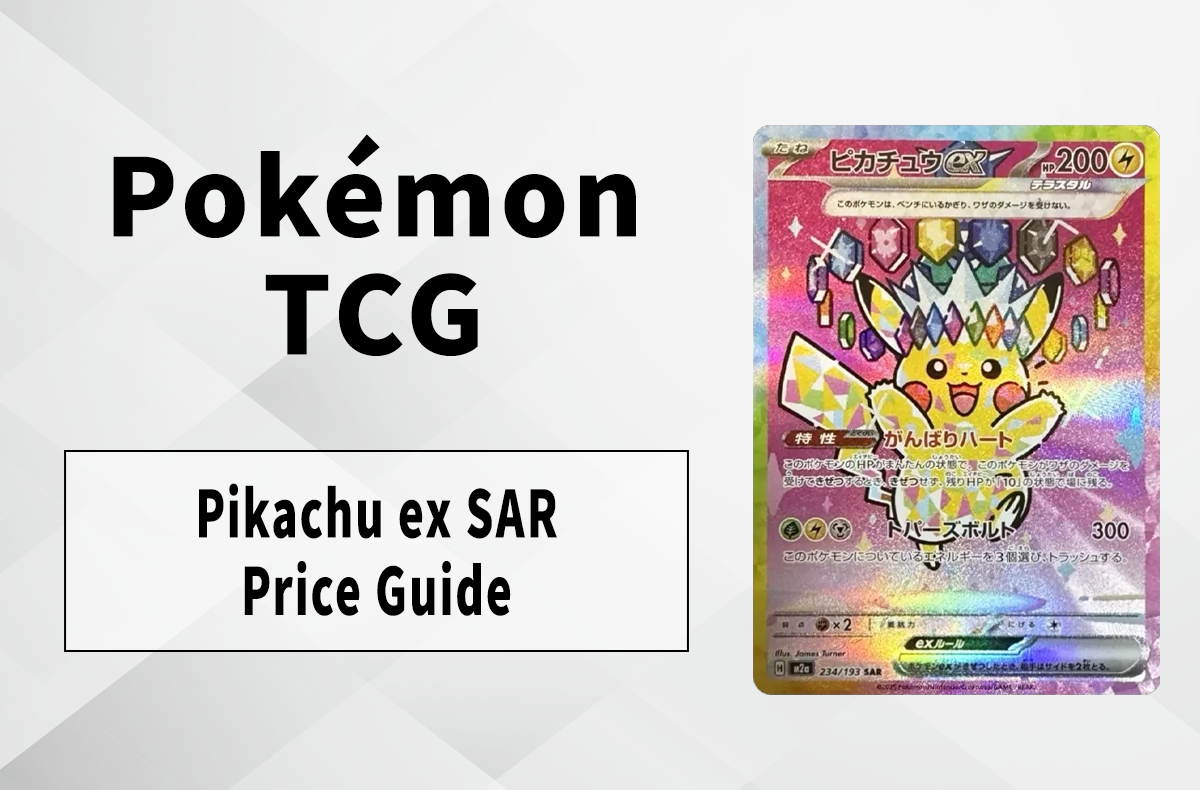
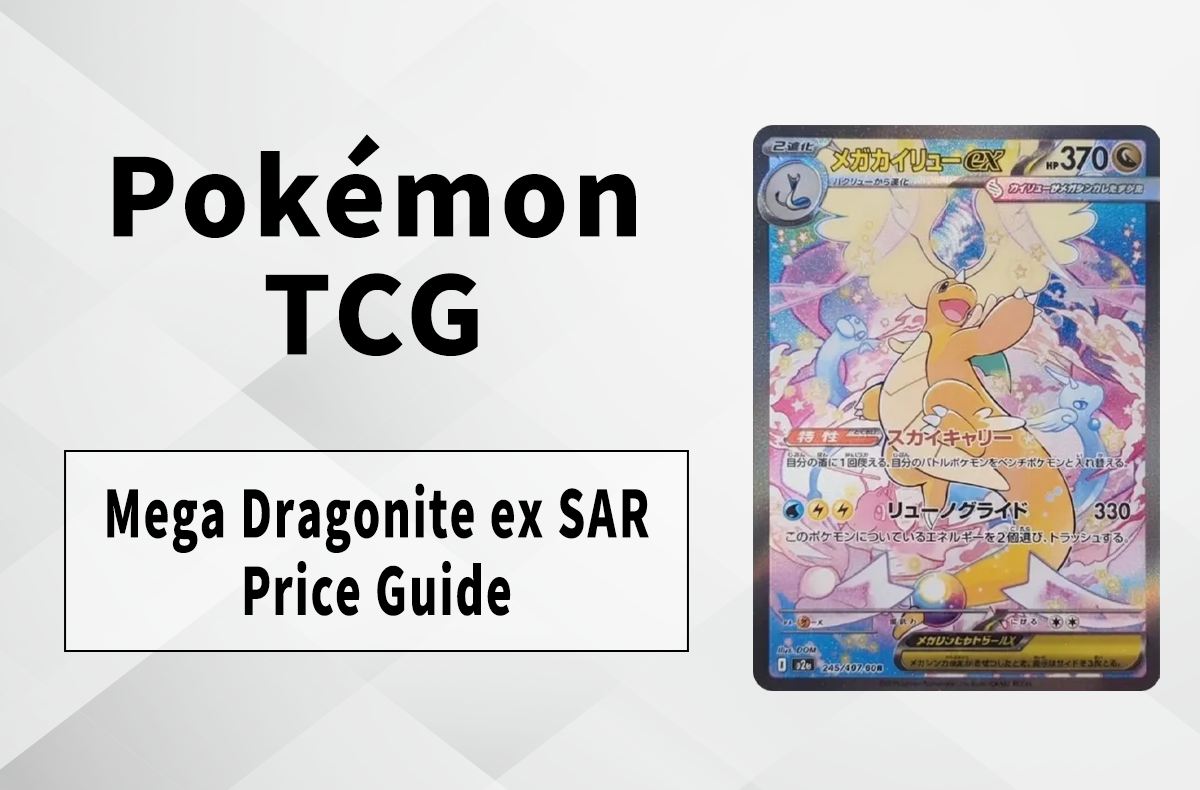
![BABYMETAL x Vans Collection [Release Date/Price/Where To Buy]](https://snkrdunk.s3.ap-northeast-1.amazonaws.com/en/magazine/wp-content/uploads/2025/12/12175359/20251210091758-0.jpg)
